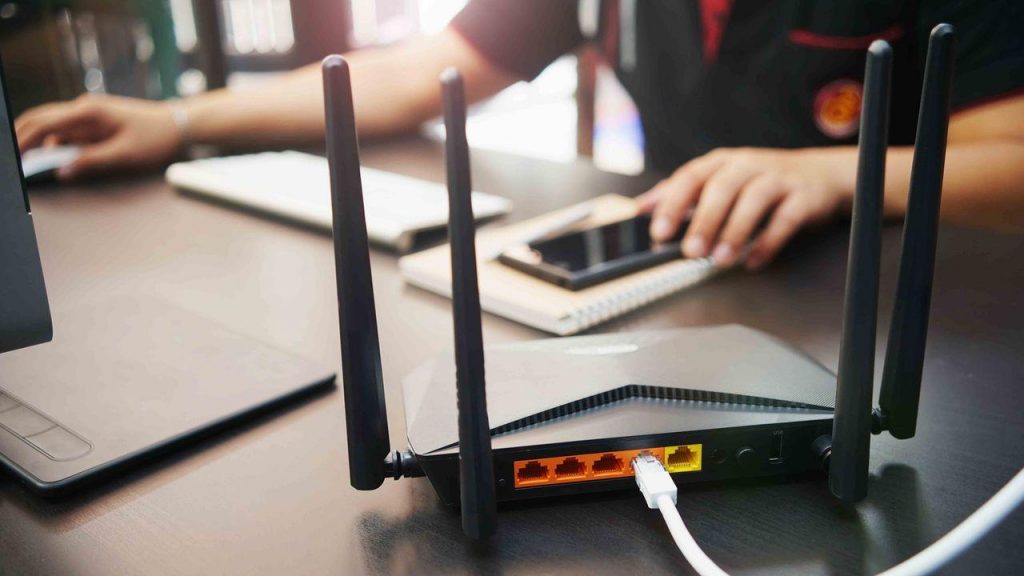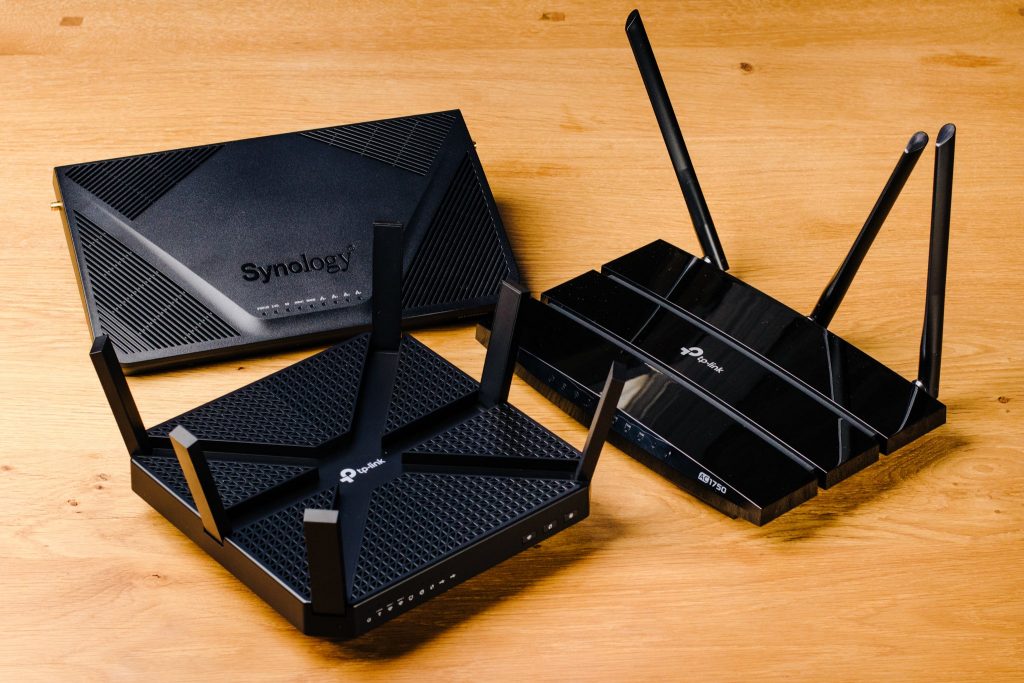If you find using a single router limiting, you should consider adding a second router to your network. That’ll allow you to support and serve more wired and wireless devices, mix wired and wireless setups, improve signal range, etc.
However, adding a router to the network takes more than just plugging the device. Don’t know how to set up a second router? Read the following text to find out.

How to Set up a Second Router
Setting up a single router is pretty straightforward. If you decide to skip the security settings (which you definitely shouldn’t), the entire task is brought down to simple plug-and-play. However, when adding a second router, things aren’t that straightforward.
Setting up a second router requires a wired connection between the routers, followed by some customizations for the second router. You’ll need to find out whether you can set up the second router in such a way, then tweak several settings connecting the two routers, delivering better coverage.
Customizing the settings for the second router can be challenging, so if you need some help with the individual settings, follow the below step-by-step guide.
Disable DHCP server
Having the DHCP server setting enabled on both routers can cause an IP conflict or a network configuration problem. Only a single router can be responsible for managing the network, and when adding a second router, it is best to keep the first one as the main router.
Set the IP address
You’ll need to manually set the second router’s IP address to connect both routers successfully. By convention, the second router’s IP should be a number higher than the IP of the first router. For instance, if your main router’s IP address is 192.168.1.1, you should set the second router to 192.168.1.2.
In addition to setting up the IP address, you’ll also need to set the Internet gateway of the second router to the main router’s IP address.
Wire up both routers
After completing the initial settings, you need to establish a wired network between the two routers.
You can use any of the available ports on the router, a wireless media bridge, or a powerline Ethernet kit to establish the connection. However, you cannot use the second router’s WAN port.
Channel selection
With the routers connected, you’ll next need to set the channels. Disable automatic channel selection before continuing, then manually set the channel to eight or any other router that isn’t used by the main router (or other routers in the network if you’re setting up more than two routers).
Security settings
For your wireless network to function properly, you’ll need to use the same security settings on both routers.
To do that, open the configuration interface of the first router to view its security settings. Then, open the configuration interface for the second router, and re-write the identical settings. After completing the above steps, you will get two access points on a single distributed network.
Read more: How to Configure Router to Use WPA3

How Many Routers Can You Set Up in a Single Network
There is no rule of thumb limiting the number of routers you can have in a network. In theory, you can have as many routers as you’d want. The main concern is whether your modem has enough ports to serve them and if your internet service provider allows users to hook multiple routers on a single modem.
Moreover, using multiple routers simultaneously offers better coverage while allowing more and more devices to be connected via Ethernet.
Why Should I Set Up a Second Router?
There are plenty of advantages to installing a second router on your network. Here are some of the most prevalent ones:
Better coverage
Installing a second router will significantly improve coverage range and minimize dead spots throughout your home or office.
If you’re working with a larger area, a single router might not be able to cover all ground. Therefore, installing a second or third router can significantly increase coverage and responsiveness.
More room for wired connections
Despite enhancing wireless networking, an additional router will also boost your wired connectivity.
By adding routers to the network, you’re implicitly adding more available Ethernet and USB slots. With the number of available ports for wired devices ranging around four, having the extra ports of a second router can be great.
Guest network
Another advantage of adding a second router to your network is using the device to experiment and create a guest network.
Instead of using a router to enhance the existing network, you can create a guest network and get enhanced security or a chance to experiment with networking. You could control robotic devices, media libraries, and so on.
What’s the Best Alternative to a Second Router?
Adding a second router to your network has many advantages. However, if, after reading how to set up a second router, you’re still not sure whether it is the best option for your situation, there are many alternatives.
The second best choice is an Ethernet switch. An Ethernet switch can provide the same benefits and help you extend the size of a network. It is also much simpler to set up, as it doesn’t require any hefty IP or DHCP configurations.
How Many Users Can Connect to a Single Network
The theoretical boundaries of a router are quite different from their practical limits. Therefore, a router’s theoretical capabilities may allow it to serve up to 250 users simultaneously.
However, there’s no real-life scenario because of speed rating and network bandwidth. If a WiFi router is rated at 300 Mbps and has 100 users connected, it can only offer up to 3 Mbps to each client.
To get an accurate assumption of how many users your router can serve and determine whether you need to add a second router, you’ll need to check the specifications of your current router and the internet speed your ISP provides.
You should note that a second router won’t enhance internet speed – it will only improve coverage and accessibility.